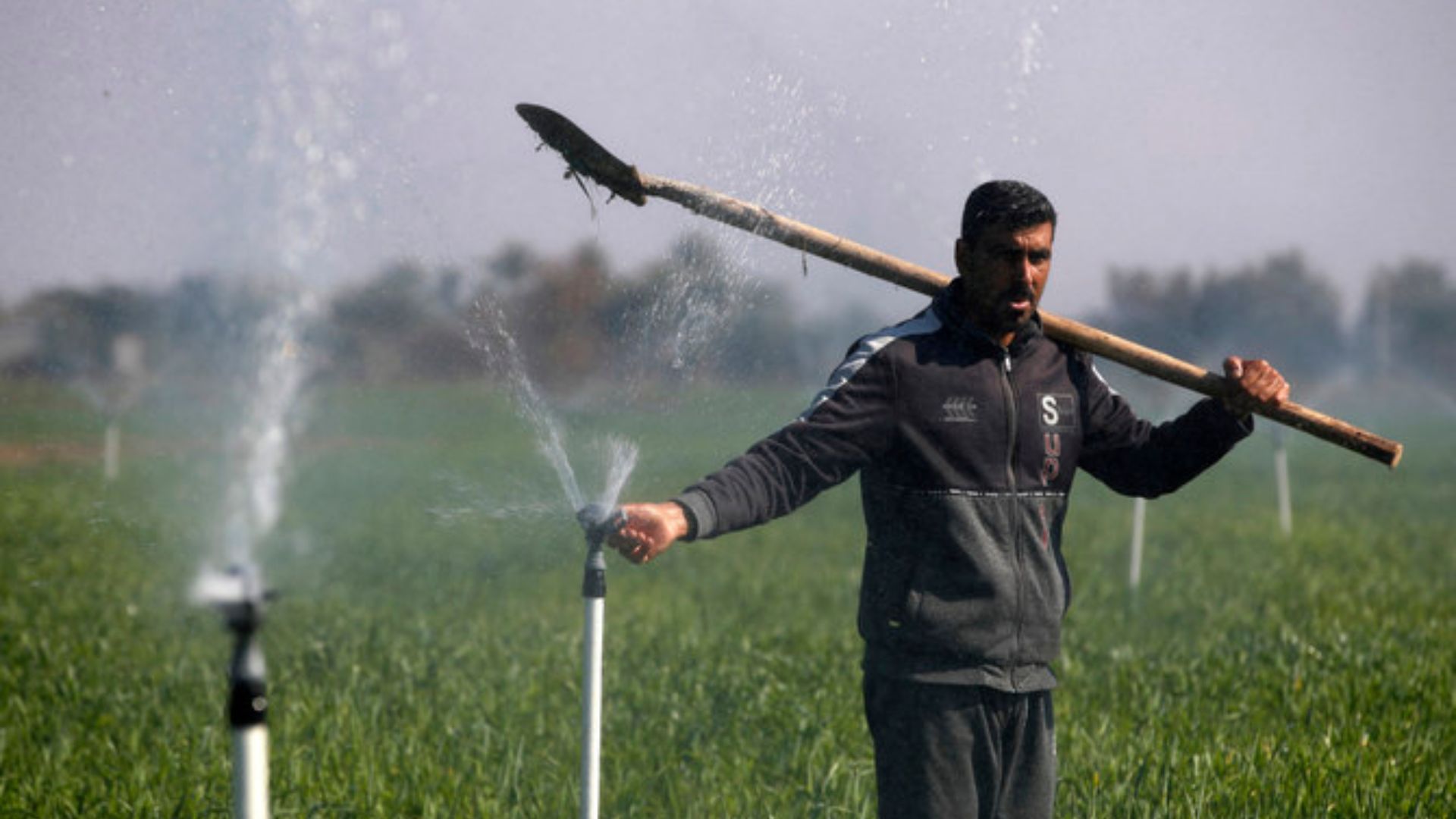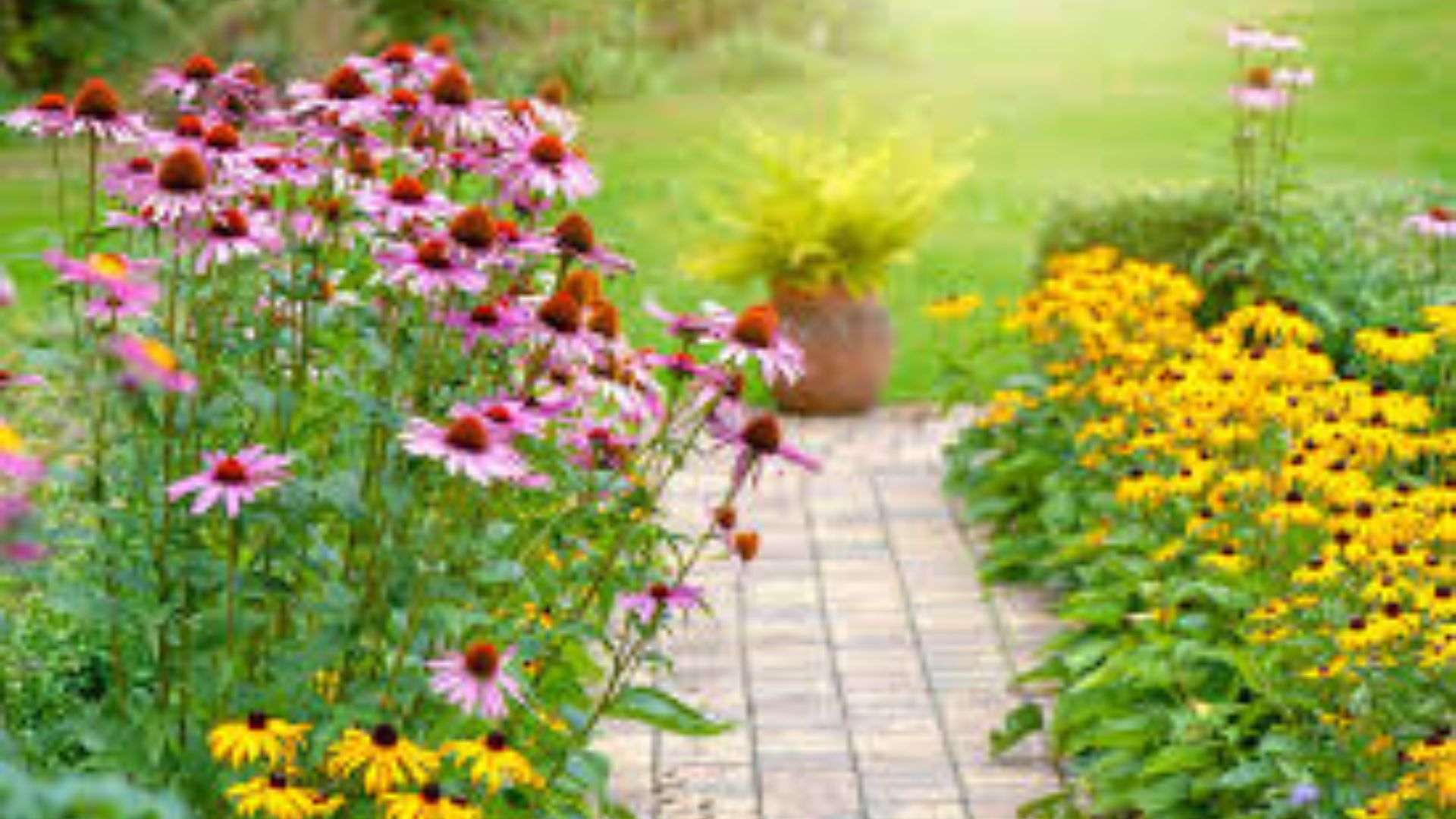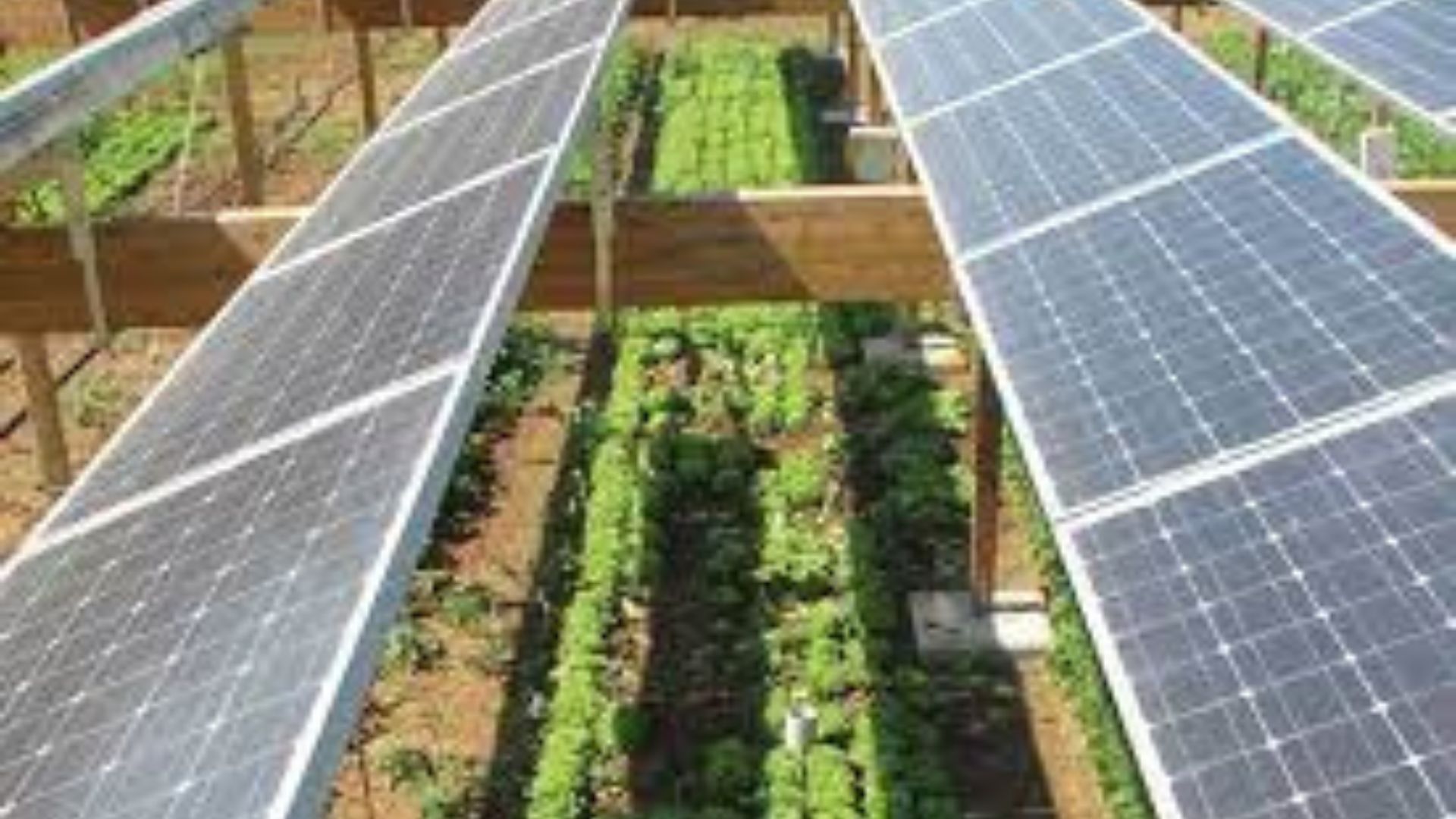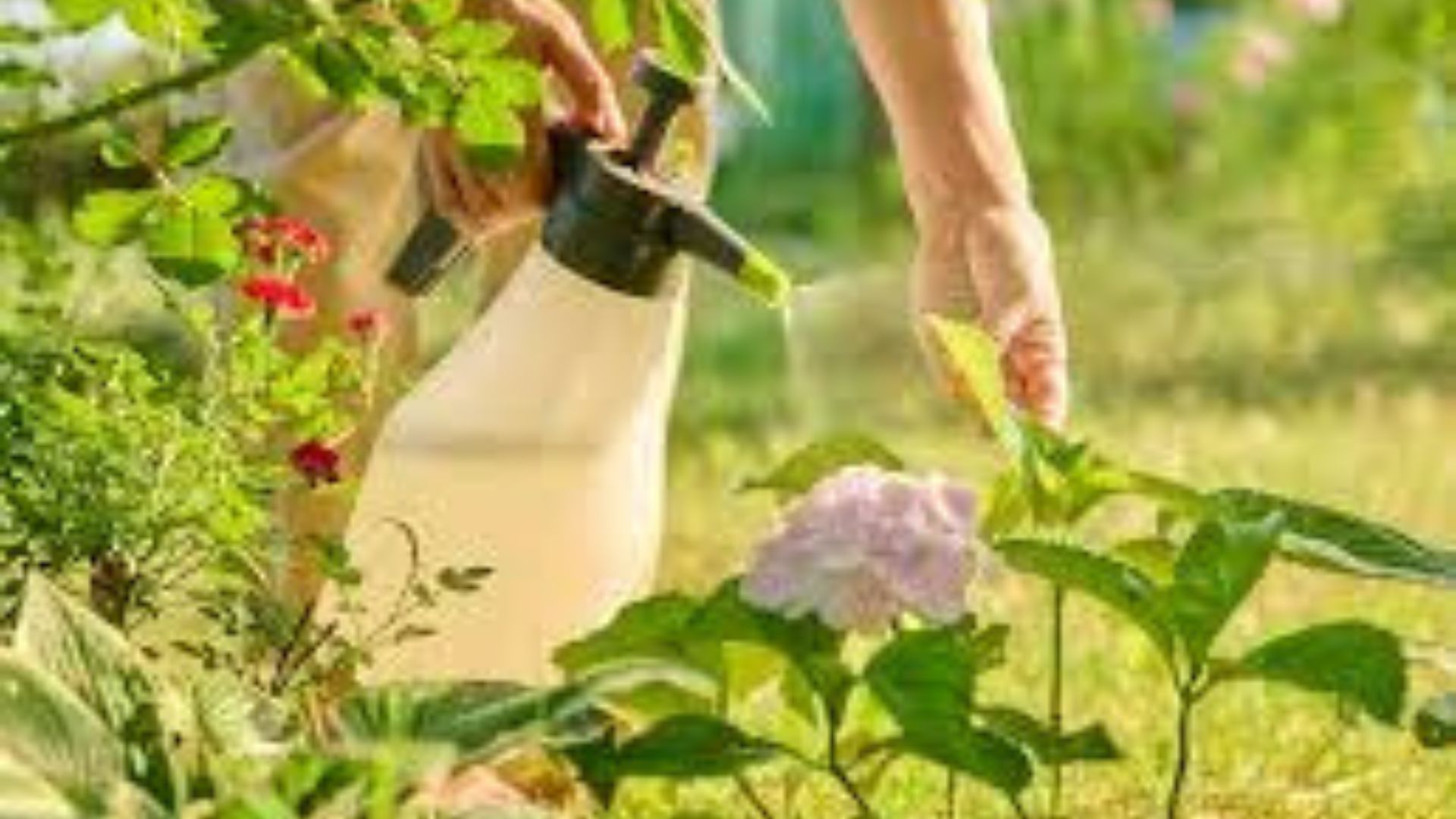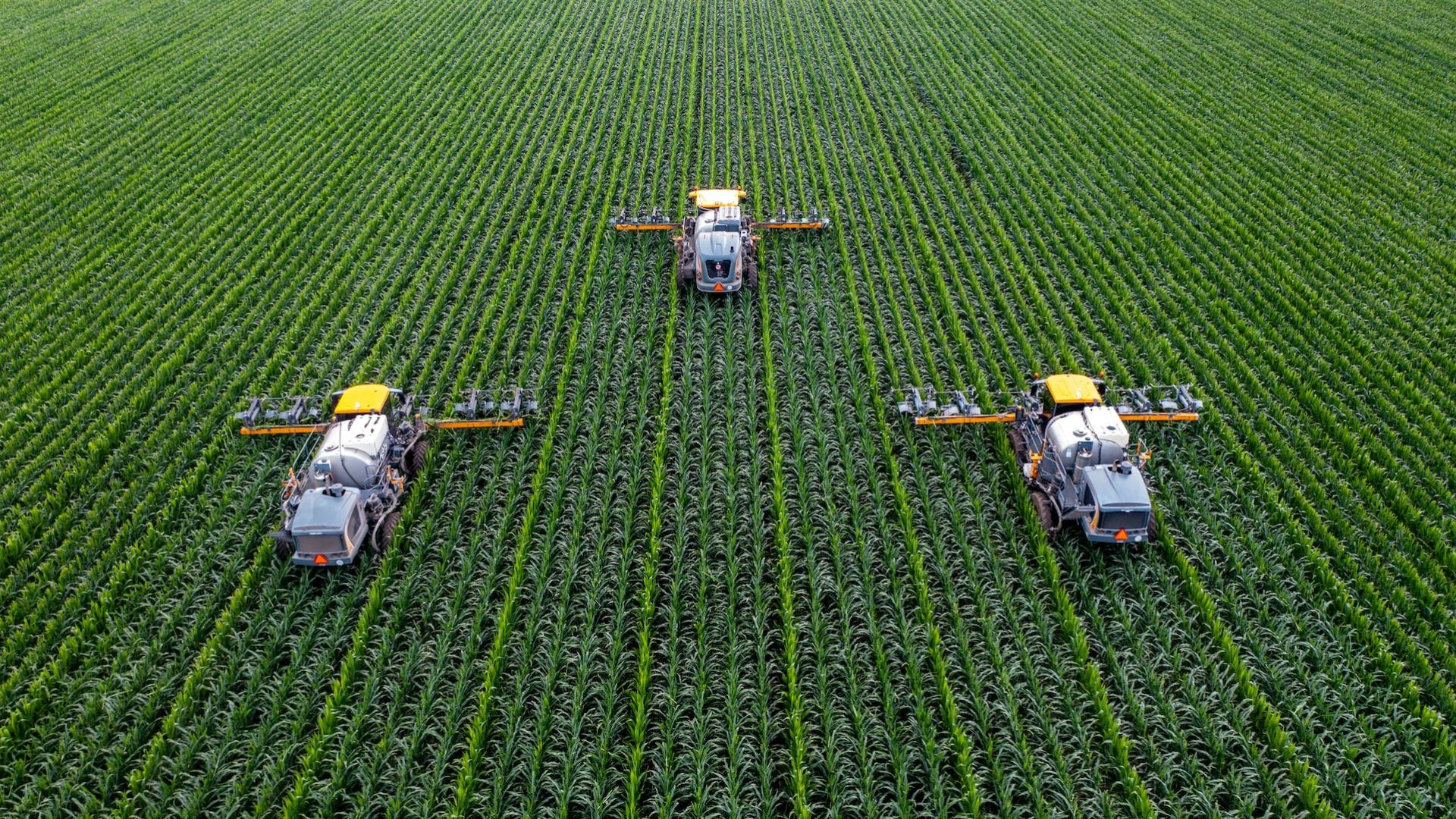Water is one of the most valuable resources in farming, yet it’s often wasted through outdated or inefficient irrigation methods. That’s where drip irrigation comes in—a smart, sustainable technique that delivers water directly to plant roots with minimal waste.
Green farmers around the world are turning to drip irrigation not just to save water, but also to improve crop health and reduce costs. In this article, you’ll learn what drip irrigation is, how it works, and why it’s become a trusted tool in eco-friendly agriculture.
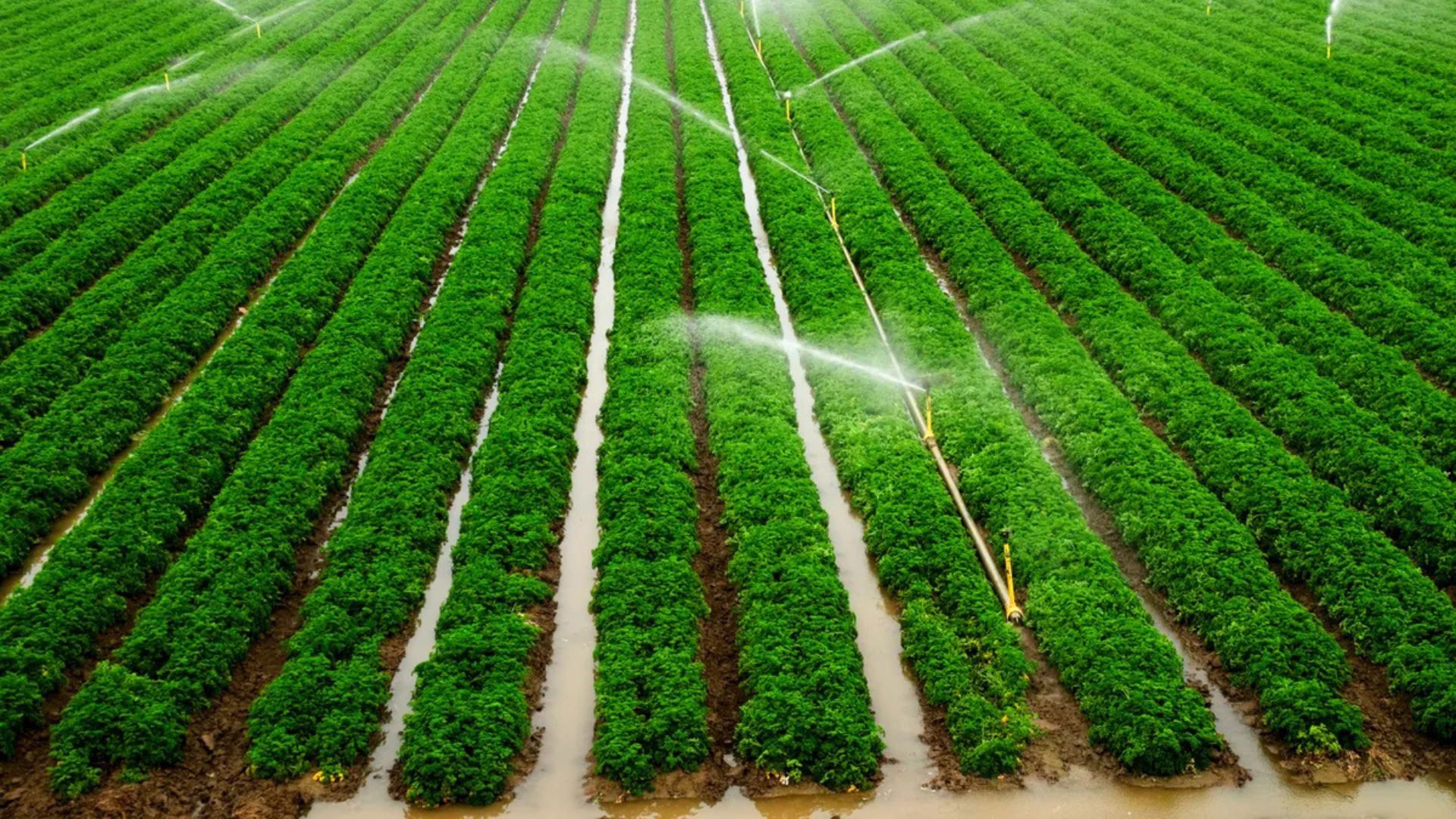
What Is Drip Irrigation?
Drip irrigation is a system that delivers water slowly and precisely to the base of each plant through a network of tubes, pipes, and emitters. Instead of flooding fields or spraying water over large areas, it allows water to drip directly into the soil near the plant’s roots.
This targeted approach makes it one of the most efficient irrigation methods in agriculture today.
How Drip Irrigation Works
Drip irrigation systems include:
-
Main water source (tank, borehole, or municipal supply)
-
Pipes and drip lines that carry the water
-
Emitters or holes in the pipes that release water slowly
-
Filters and pressure regulators to prevent clogging and maintain even flow
The system can be run manually or automatically with timers. Water flows at a controlled rate, reaching the roots directly without wetting the leaves or surrounding areas.
Why Green Farmers Use Drip Irrigation
Drip irrigation is a key tool in green farming because it supports sustainable water use and reduces the environmental impact of agriculture.
Here’s why it stands out:
1. Saves Water Dramatically
Drip irrigation uses 30% to 70% less water than traditional methods like flood or sprinkler irrigation. Since water goes directly to the root zone, there’s less evaporation and runoff.
2. Reduces Weed Growth
Because water is only applied where it’s needed, weeds outside the plant’s root zone don’t get the moisture they need to grow.
3. Improves Crop Yields
Consistent moisture at the root level helps plants grow stronger and healthier. Many farmers report higher yields and better quality produce after switching to drip systems.
4. Lowers the Risk of Disease
Water on leaves can promote fungal growth and diseases. By keeping foliage dry, drip irrigation reduces plant stress and disease outbreaks.
5. Supports Fertigation
Drip systems can be used to deliver liquid fertilizers directly to roots. This allows plants to absorb nutrients more efficiently and minimizes chemical runoff into the environment.
6. Works Well on Slopes or Uneven Land
Unlike flood irrigation, which is hard to manage on hills, drip irrigation can be easily adjusted to fit the shape of your land.
Installing a Basic Drip Irrigation System
Setting up drip irrigation may sound complex, but small-scale systems are affordable and easy to install.
Here’s how you can get started:
-
Assess Your Field or Garden Layout
Measure the area and decide where you want to lay the main line and branch lines. -
Choose the Right Drip Kit
Select a kit suitable for your crop type and size. Home gardeners and small farms can use DIY kits available at agricultural supply stores. -
Install the Pipes and Emitters
Lay out the tubing and insert emitters near the base of each plant. Make sure all parts are properly connected and secure. -
Connect the Water Source
Attach the system to a tank, tap, or pump. Use a filter to prevent clogs and a regulator to control pressure. -
Test and Adjust Flow
Run water through the system to check for leaks and ensure each plant is receiving the correct amount of water. -
Maintain Regularly
Clean filters, flush the lines, and check emitters often to keep the system working efficiently.
Suitable Crops for Drip Irrigation
Drip irrigation works well for many crops, including:
-
Vegetables: tomatoes, peppers, cucumbers, onions
-
Fruits: grapes, melons, strawberries
-
Row crops: maize, cotton
-
Herbs: basil, mint, coriander
-
Flowers and ornamentals
It’s especially effective in areas where water is scarce or costly.
Common Mistakes to Avoid
-
Using poor-quality emitters that clog easily
-
Failing to clean filters or flush the system
-
Overwatering plants by running the system too long
-
Placing emitters too far from the plant base
-
Not adjusting the system for different crop needs
With proper planning and maintenance, these issues are easy to prevent.
Conclusion
Drip irrigation is a practical and powerful solution for small and large farmers alike. By delivering water exactly where it’s needed, it saves water, supports plant health, and reduces environmental harm.
For green farmers looking to conserve resources and grow healthier crops, drip irrigation is more than just a smart choice—it’s a vital tool for the future of farming.






